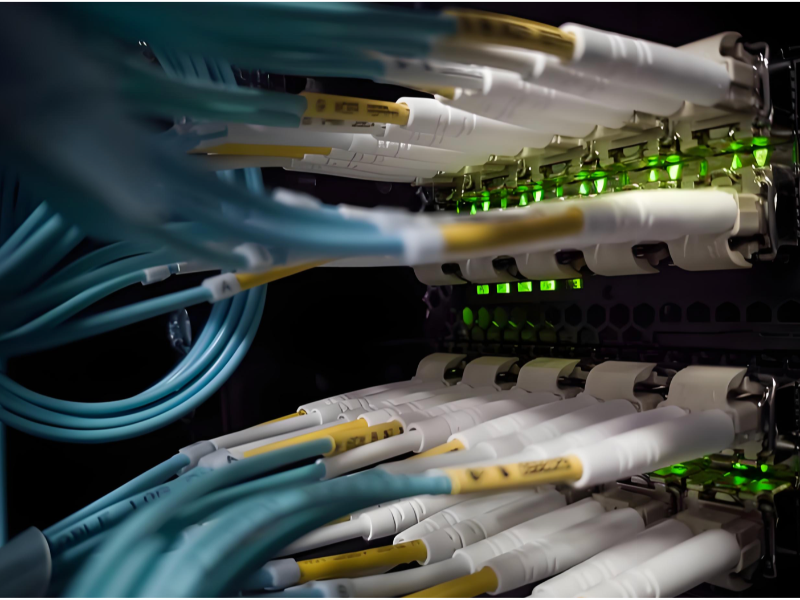- Network operating systems like Windows Server, Linux-based NOS, and Cisco IOS enable efficient resource management, device communication, and network security.
- Choosing the right NOS depends on factors such as network size, hardware compatibility, required features, and budget.
A network operating system (NOS) is specialized software that manages network resources, facilitates communication between devices, and ensures smooth operation of a networked environment. It provides services such as file sharing, printer access, and user authentication. Whether in small offices or large enterprises, network operating systems are the backbone of modern networking infrastructure.
Also read: How network operating system works
Also read: Singapore agency partners with Singtel for network slicing

Popular Examples of Network Operating Systems
- Microsoft Windows Server
One of the most widely used NOS, Windows Server offers robust tools for managing enterprise networks. With features like Active Directory for user authentication and Hyper-V for virtualization, it is a popular choice for businesses of all sizes. - Linux-Based NOS (e.g., Ubuntu Server, CentOS)
Linux-based network operating systems are known for their flexibility and cost-efficiency. Ubuntu Server and CentOS are commonly used in web hosting and enterprise environments due to their strong security features and extensive community support. - Cisco IOS (Internetwork Operating System)
Cisco IOS is a specialized NOS for Cisco networking devices like routers and switches. It offers advanced features for routing, switching, and network security, making it a top choice for managing complex networks. - Juniper JUNOS
Designed for Juniper Networks devices, JUNOS provides reliable performance and seamless integration with Juniper hardware. It is widely used in telecommunications and data center environments. - macOS Server
Apple’s macOS Server is tailored for small to medium businesses, offering simple setup and management tools for file sharing, email hosting, and device management. It’s particularly popular in Apple-centric environments. - VMware ESXi
While primarily a hypervisor, VMware ESXi acts as a network operating system in virtualized environments. It enables efficient resource allocation and management in data centers.
Also read: FTTH Council highlights challenges with copper network holdouts
Also read: Ericsson unveils genAI assistant to simplify 5G network operations

How to Choose the Right NOS
When selecting a network operating system, consider the following factors:
- Network Size and Complexity: Choose a NOS that aligns with your network’s scale and needs.
- Hardware Compatibility: Ensure the NOS supports the devices in your infrastructure.
- Features and Services: Look for features like user management, security, and virtualization support.
- Budget: Evaluate licensing and maintenance costs, particularly for enterprise-grade solutions.
Also read: APNIC launches new registry API to streamline network operations
Also read: Empowering remote operations: Emma Sinclair on Marlink’s hybrid satellite networks

Emerging Trends in Network Operating Systems
- Cloud-Based NOS
As businesses move to the cloud, cloud-based NOS solutions are gaining traction. These systems, such as AWS Nitro, allow for seamless integration with cloud services and remote management. - AI-Powered Network Management
AI and machine learning are being integrated into NOS to predict and resolve network issues proactively. For example, Juniper’s JUNOS uses AI to optimize network performance. - Enhanced Security Features
With the increasing threat of cyberattacks, modern NOS focus heavily on advanced security features, such as real-time threat detection and zero-trust architecture.
Also read: Deutsche Telekom merges operations with new T Wholesale unit
Also read: A new administration sets fresh direction for networks

Challenges in Using Network Operating Systems
- Complexity in Setup and Maintenance
While NOS offers powerful features, initial setup and ongoing maintenance can be complex, requiring skilled administrators. - Compatibility Issues
Not all hardware supports every NOS. Ensuring compatibility between devices and the chosen NOS can be a challenge. - Cost of Proprietary Solutions
Enterprise-grade solutions like Cisco IOS and VMware ESXi can be expensive, making them less accessible for small organizations.

